It is plain. There is absolutely no online lecture tone full of modifiers and empty words to extend the lecture time. It is plain and thick, compressed, filled, and organized through several rehearsals. It is clearly different in intensity from other lectures that jump around to see quickly. I think most students will feel the most when they watch the lecture that there are no gaps in the lecture flow.
The explanation of Spring did not start until the end. However, after listening to it all, I learned the core of how Spring works through the beginner's guide to the development ecosystem. The target audience includes everyone from beginners to intermediate and above. There are cries of "Beginner!!" and exclamations of "This kind of content??".
Starting with a very simple example, it explains classes and objects, and shows the journey to find a more convenient and sophisticated method through relationships. At some point, the concerns that started in order to respond to change lead to design patterns. I shed tears over the past time when I opened the design pattern book and memorized many patterns in front of me.
Rather, I can think about which patterns to use for changes. By the time we reach the entrance of the design pattern... Spring proves that it is a framework that easily supports DI by organizing the dependency inversion principle.
Just like... students memorize K Ca Na Mg Al Zn Fe Ni Sn Pb H Cu Hg Ag Pt Au or memorize Taejeong Taese Mundan Se Yeseong Yeon Jung In Myeong Seong Gwang In Hyo Hyeon Sook Gyeong Gyeong Jeong Sun Heon Cheol Go Sun Eun (Joseon King's posthumous name), they memorize SOLID with a development book. Likewise, since I memorized it as if I was memorizing it for a test, there was no reason not to understand the content that I didn't understand as the code change process that directly creates the necessary function. Let's exclaim in admiration.
As a developer, you need to conduct tests to quickly draw your own code and increase reliability, but this lecture shows you the reason and method of testing for 2 hours, and when you are tired of watching lectures that are full of content that can only be found in manuals under the title of TDD, this lecture shows you just what you need. Rather than talking about the meaning of test code and what is the real test code, the test part is concluded with the line that how to execute the test and how to verify what is more important.
The necessity of code reuse cannot be overstated, but it shows which code should be reused and how to distinguish the parts that need to be changed, and the process of creating this as a template. At this time, you can naturally see the concept of callback with your eyes, and it shows how all of this process is completed in Spring.
I was curious because it was not a lecture for beginners, but it explained exceptions, and it added a request to the request, explaining the precautions for exception handling, and at the end, it shows the concept and entity of abstraction, and various abstracted functions in Spring. And it concludes that these are actually the sum of the technologies that encompass the concepts learned so far.
It was a lecture that showed the intention to put almost everything a developer needs to know into the title of the Spring lecture, approaching it through the beginner's course, and even if functions are added, it eventually covers objects and relationships, patterns and templates, and securing reliability based on tests, and even abstraction to escape dependencies. This is a great lecture that you should carry around with you and recommend to your loved ones as a gift.
Let's do some Infraon work~~
There should be a function that allows you to send gifts if you know the email address of the other person's Infraon account!!!!
I would like to thank Tobi, who refused to pay a high price for a lecture that only a few people can attend and created a book of martial arts secrets for all developers at Infraon for over 2 years, and I will end this review.. . Everyone!! Run here!!!
# I could have been 1st... Everyone who left a review without taking the class 100% is cheating.. Bad!!
# Even if you watch just one lecture clip from the domain section, the perfect build-up is enough to cover the entire cost of this lecture. You will regret not watching the other lecture clips. Hwa-ryong-jeom-jeong
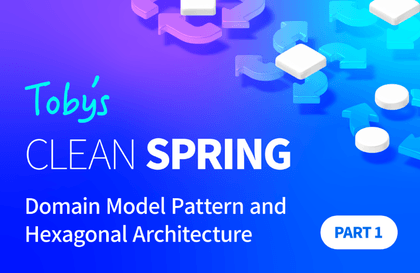





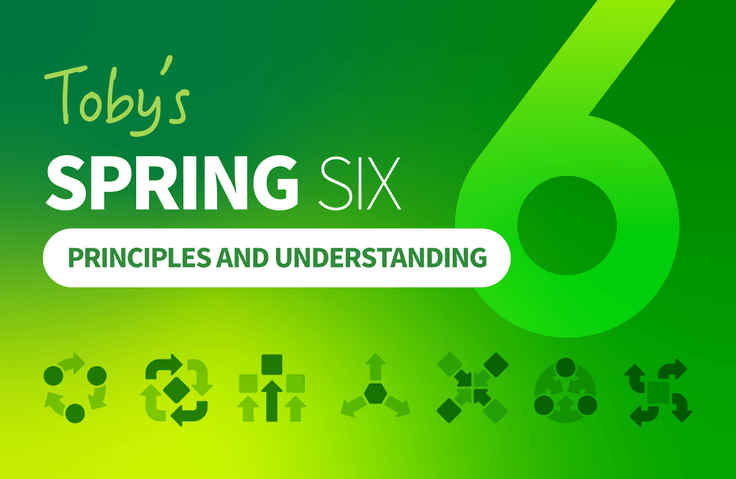
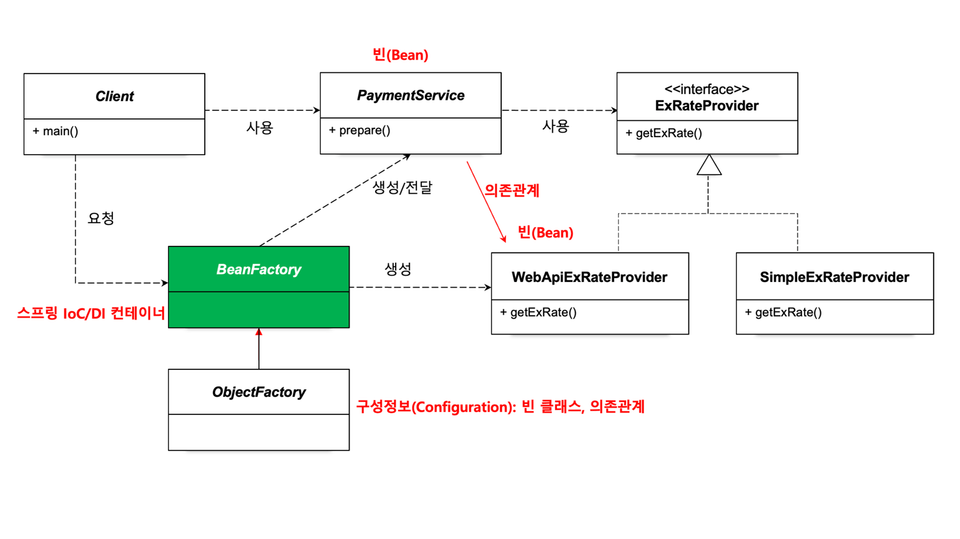






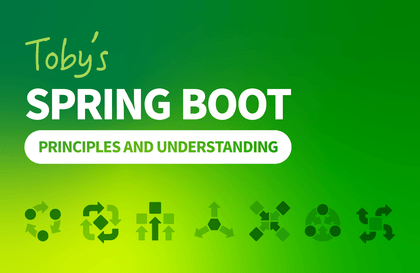
![[Meetup VOD] "How to Survive as a Developer in the AI Era" by a 31-Year Veteran DeveloperCourse Thumbnail](https://cdn.inflearn.com/public/files/courses/338806/cover/01k6hrh2gdn14h0s4yby9rh1d2?w=420)
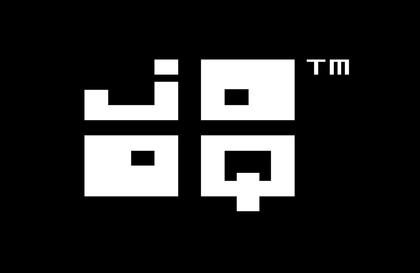
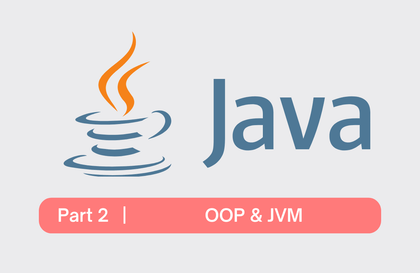
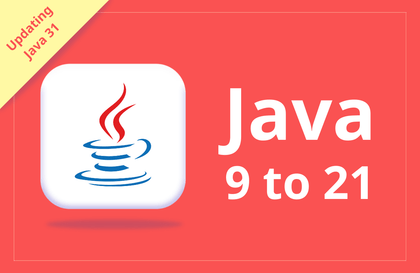
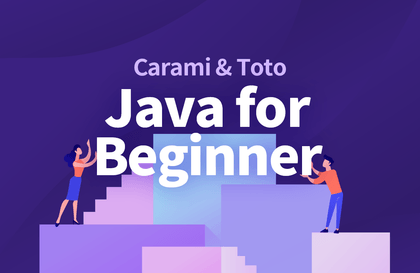
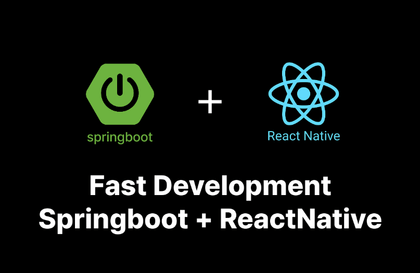

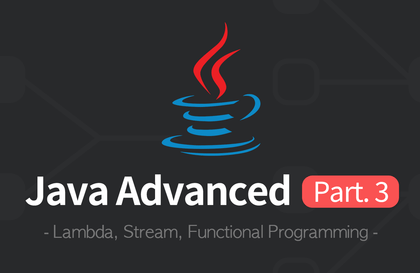

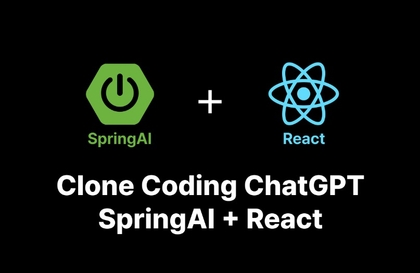

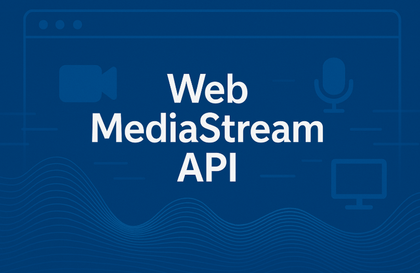
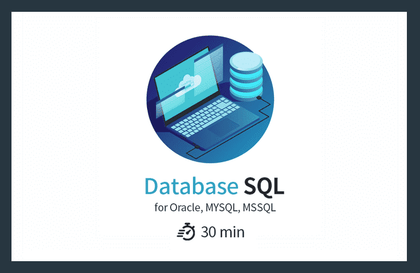
![[Season 1] Spring AI in Action: Developing a Premium Reservation AI AgentCourse Thumbnail](https://cdn.inflearn.com/public/files/courses/339732/cover/01kb2qr7zw5gf0724jvv4rndns?w=420)
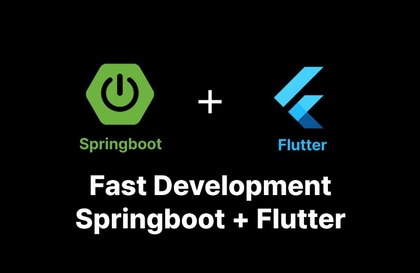
![How to use Redis effectively, based on my experience working at a large company [Practice]Course Thumbnail](https://cdn.inflearn.com/public/courses/335185/cover/c3a4bec6-a4b9-44c9-ab81-f3418d8d6042/335185.jpg?w=420)